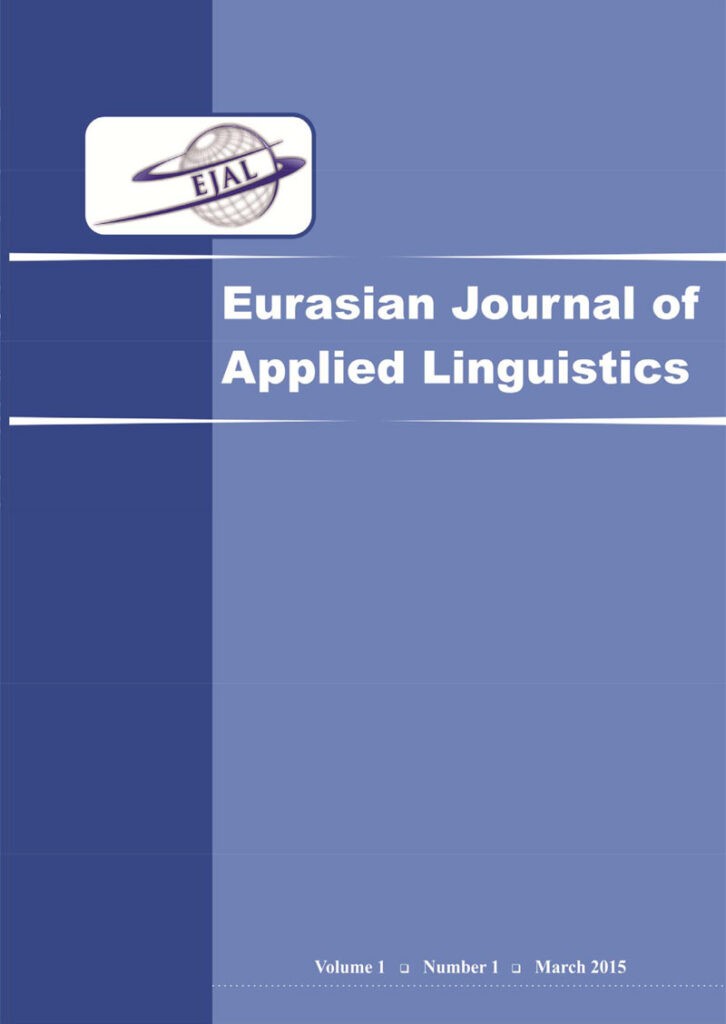Frederick Poole
Utah State University
Utah State University
Koyin Sung
Utah State University
Utah State University
Keywords: Chinese language beginners, Pinyin, character recognition, character writing, university level
Abstract
Developing Chinese character knowledge is often labor intensive and time consuming. Therefore, there is often an imbalance between character instruction and training in other language skills due to how much instructional time is occupied by learning characters. A few teaching approaches are frequently used in the classroom to accommodate this problem. This pilot study intended to compare these approaches in an experimental setting to investigate the effectiveness of them on learners’ oral and character recognition performances. This study involved nine first-year learners of Chinese at a university in the United States. Data collection of this study included the results of character quizzes and oral assessment. The participants and their teachers were also given a survey regarding their perceptions towards each of the instructional approaches. The findings illustrated that some of the instructional approaches helped develop the participants’ oral skills more rapidly than the rest, while some approaches were more effective in aiding the development of character recognition.

